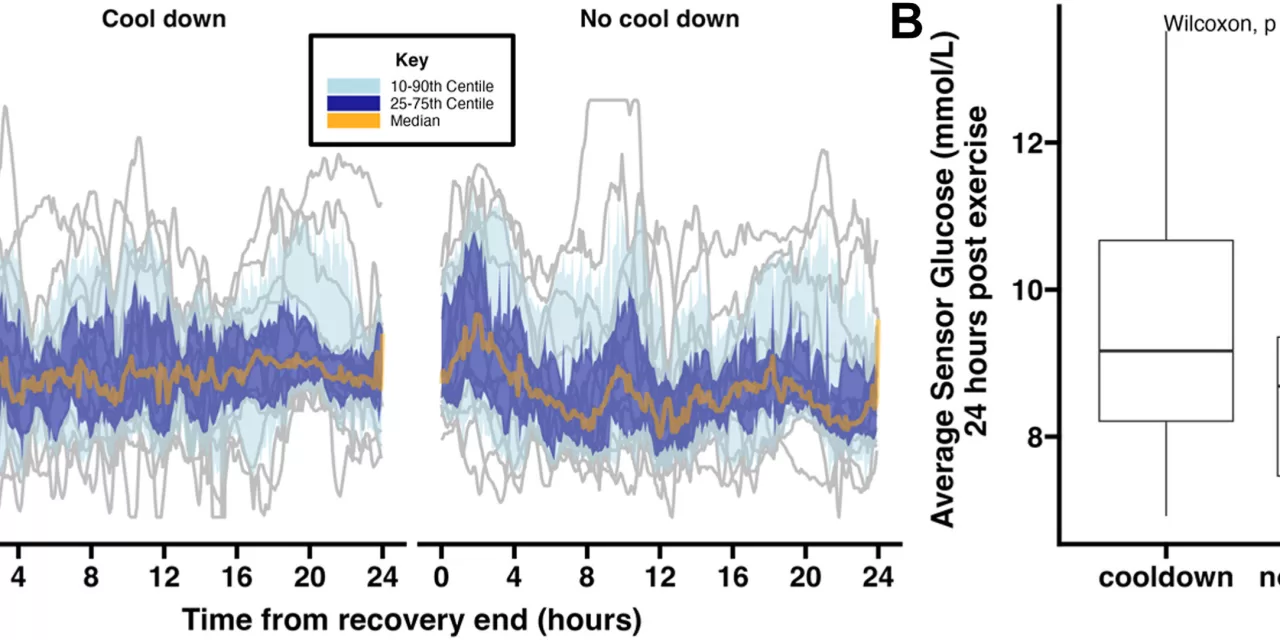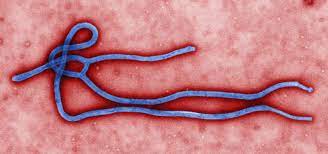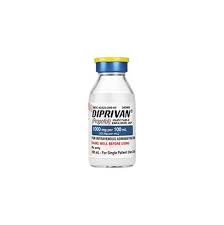A recent study from the University of Alberta has shed light on a promising strategy for people with type 1 diabetes to manage post-exercise blood sugar spikes. While current guidelines recommend aerobic cooldowns to prevent high blood sugar after intense exercise, this new research suggests combining a cooldown with a small insulin dose may be a more effective solution.
The study, published in the Canadian Journal of Diabetes, was led by Jane Yardley, an adjunct professor at the University of Alberta, along with graduate student and first author Reid McClure, now a Ph.D. student. The researchers explored the impact of fasted resistance exercise (exercise performed on an empty stomach) on post-exercise hyperglycemia in adults with type 1 diabetes, aiming to address a critical gap in understanding how best to manage blood sugar after physical activity.
Uncovering a New Approach
The study revealed that while an aerobic cooldown can help reduce glucose levels immediately after exercising, the effect is short-lived and not sufficient as a standalone solution for managing hyperglycemia. This is important for people with type 1 diabetes because persistent high blood sugar can lead to serious complications such as kidney damage, nerve damage, and ketoacidosis—a life-threatening condition.
“Exercise complicates blood sugar management because it affects glucose uptake and insulin sensitivity,” Yardley explains. “When people with type 1 diabetes exercise, they may experience a sharp drop in glucose levels due to the extra uptake by their cells. However, after exercise, there is often a rebound, leading to a rise in blood sugar levels.”
This post-exercise glucose spike is challenging to address with insulin alone, as the spike isn’t due to a predictable cause like eating carbohydrates. Yardley notes that determining the correct insulin dose can be tricky, as sensitivity to insulin fluctuates after exercise.
Study Design and Key Findings
The study involved participants with type 1 diabetes who exercised in a fasted state first thing in the morning. Each participant completed two identical resistance training sessions: one followed by a low-intensity, 10-minute cooldown on a stationary bicycle, and the other followed by 10 minutes of sitting. The researchers measured changes in participants’ blood glucose levels during and after each session, using continuous glucose monitors to track their levels for 24 hours.
Results showed that while aerobic cooldowns reduced glucose levels temporarily, they weren’t sufficient to prevent prolonged post-exercise hyperglycemia. This finding led the researchers to propose a combined strategy—using both a cooldown and a small dose of insulin to manage the glucose spike more effectively.
Implications for Exercise and Diabetes Management
Yardley emphasizes the importance of accurate, evidence-based strategies for people with type 1 diabetes to manage their blood sugar levels during and after exercise. “Exercise is crucial for overall health, but without proper glucose management, it can become a barrier for people with type 1 diabetes.”
This study offers a new approach that could shape future guidelines for managing diabetes, helping to make exercise more accessible and less daunting for people with the condition.
The researchers’ next steps include exploring other strategies that can complement exercise in managing blood sugar, with the goal of offering better tools and guidance for those with type 1 diabetes to stay healthy and active.
For more detailed insights, refer to the full study by Reid McClure et al., published in the Canadian Journal of Diabetes (2024).
Reference: McClure, R.D., et al. “An Aerobic Cooldown After Morning, Fasted Resistance Exercise Has Limited Impact on Post-exercise Hyperglycemia in Adults With Type 1 Diabetes: A Randomized Crossover Study,” Canadian Journal of Diabetes, 2024. DOI: 10.1016/j.jcjd.2024.05.001












